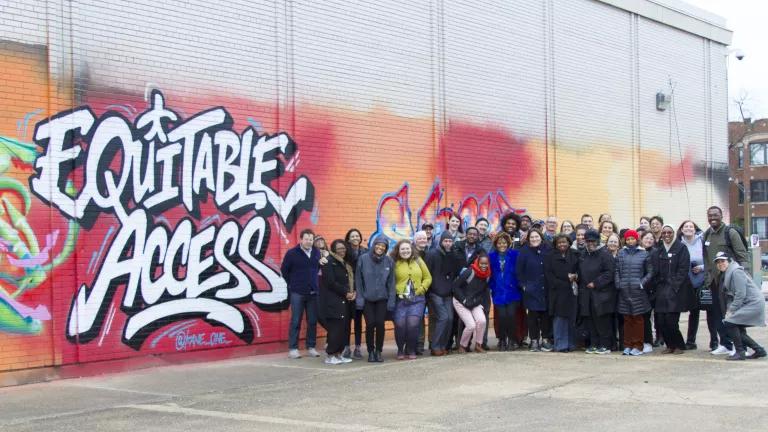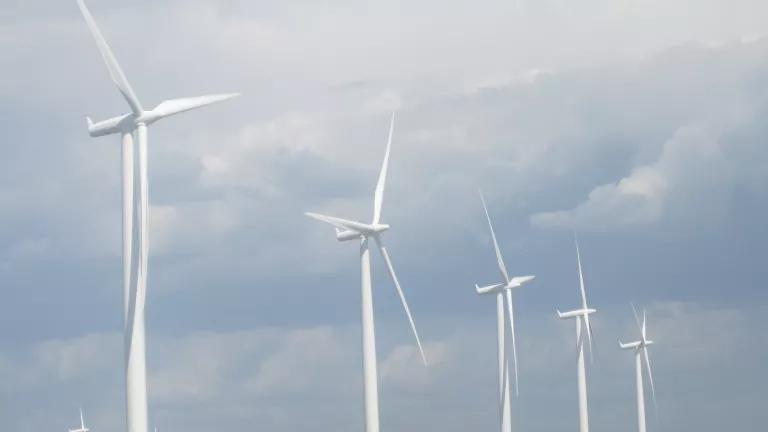With many nuclear plants reaching the end of their licenses in the coming decades and few new reactors under construction, nuclear power in the United States is on the decline.
That’s the assessment I gave the Senate Appropriations Committee’s Subcommittee on Energy and Water Development at a hearing on “The Future of Nuclear Power” on November 16, 2016. I was one of three witnesses to testify about the future of nuclear energy in the vast, ornate hearing room on the first floor of the Dirksen Senate Office Building.
The subcommittee focused on what are called “advanced” nuclear reactors—how they could affect the future of nuclear power, and whether the government should support advanced nuclear reactor research and development.
For decades, nuclear scientists and engineers have sought to develop nuclear reactor designs that generate less nuclear waste, lower the risk of nuclear weapons proliferation, and improve safety. But the benefits of advanced nuclear reactor designs are still just theoretical. And, importantly, there is no evidence that advanced nuclear would be economically competitive in the future.
In my testimony on behalf of NRDC, I offered five recommendations for the government’s role in advanced nuclear energy research and development:
1. Give priority to solving the nuclear waste problem: Many thousands of tons of spent nuclear fuel must be isolated from people and the environment for millennia. The government should site and construct a deep geologic repository using a consent-based and science-based process before spending more money on advanced nuclear.
2. Wait on the nuclear plants now under construction: Assess lessons learned from the safety, reliability and cost of the four nuclear plants under construction in Georgia and South Carolina before looking at advanced nuclear reactor demonstration plants.
3. Consistently apply a nuclear weapons proliferation test to advanced nuclear designs: Among energy technology choices for the United States, nuclear power is unique in that there are substantial overlaps between civilian energy technology and military applications of this technology to nuclear weapons. The risk of nuclear weapons proliferation from nuclear power can be managed but not eliminated. Preventing the proliferation is of utmost importance in considering the future of nuclear power.
4. Consider the full impacts of the nuclear fuel cycle associated with advanced nuclear reactors, including severe accidents: The nuclear fuel cycle includes uranium mining, enrichment and fuel fabrication, normal nuclear plant operations and accident scenarios, decommissioning of closed nuclear reactors and interim storage and final disposition of spent fuel. All of these full life-cycle impacts for advanced nuclear designs must be understood as part of research and development.
5. Get clear on the economic competitiveness for advanced nuclear designs earlier on: The U.S. history with nuclear energy should teach us caution—funding advanced nuclear research and development for uneconomical designs can mean taxpayers are responsible for far greater sums in the future.
To summarize my written testimony: be very cautious on advanced nuclear—first see what results we get with current government investments in new nuclear projects and, importantly, prioritize unfinished business for nuclear power, like the nuclear waste problem.




